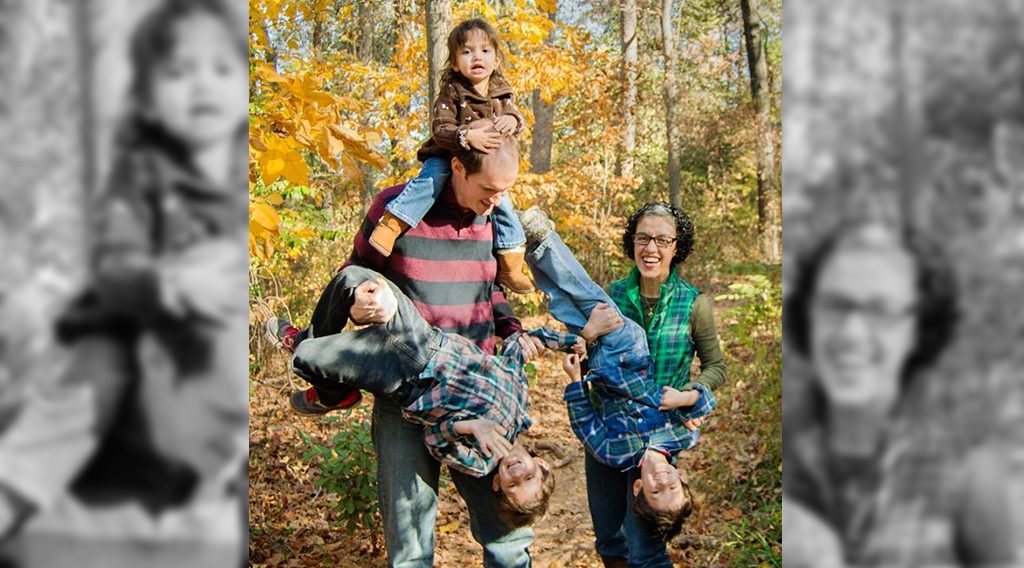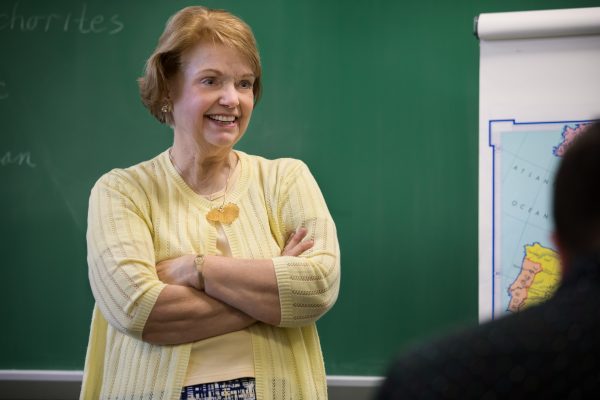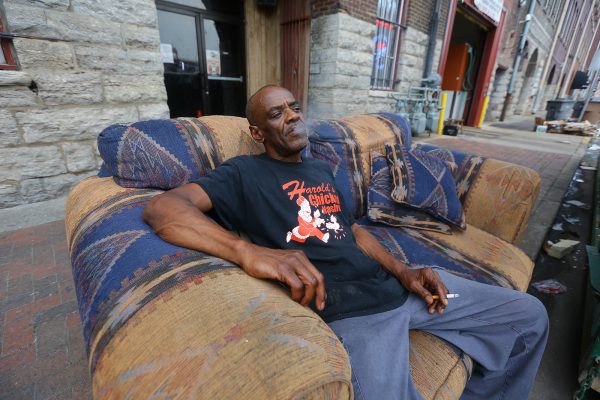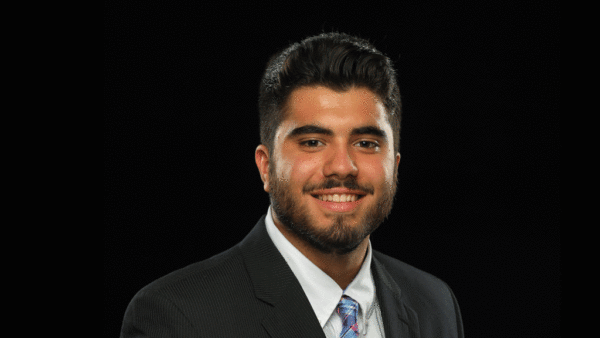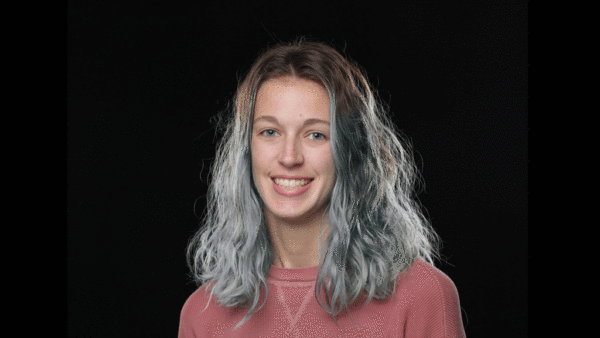“If you can do some of life in another language, you can do all of life in another language.” —Jeremy Patterson
For the Pattersons, language is more than a job—it’s their life. Jeremy and Miriam Patterson, both language professors at Bob Jones University, met through their mutual love of language and knew that they wanted to share their love of language with their children.
The Pattersons decided to teach their children in a unique way—they don’t speak any English with them. Miriam speaks to her children only in her native Spanish and Jeremy speaks to them only in French. The children have learned English at school or in the nursery.
“I am the only Spanish avenue, and he is the French avenue,” Miriam says. And it has worked. Their three children—Jeremy (8), Etienne (6) and McKia (3)—will answer their mom only in Spanish and their dad only in French.
Raising Children in Immersion
“Not every couple or family is going to want to do it,” Jeremy says. “But it’s definitely doable. … And it gets natural pretty quickly.” He recommends that everyone at least consider raising children in immersion, especially native speakers, though you don’t have to be a native speaker to raise your family this way.
The Pattersons decided to speak only French and Spanish to their children when their first son was only three months old. They were living in France at the time as Jeremy worked on his studies. When they returned to the States, their oldest son was three and eventually started school, where he began picking up English.
“It was hard for the first few months in kindergarten, but it wasn’t traumatically hard or stressful,” Jeremy says. “It was just like, oh, I don’t know how to say this word. But it was fine.”
“[Little Jeremy] had a French accent when he spoke English,” Miriam smiles. “It was so cute!”
Jeremy says that for a short period of time, their oldest son was embarrassed to speak to him in French in front of the other kids at school. “Now he thinks it’s cool because his friends think it’s cool.”
Their second son was one year old when they returned to the United States, and their daughter was born here, so they had a smooth transition. In fact, English is their best language.
Having Fun Along the Way
Miriam says that until a couple years ago, her children didn’t know she spoke English. “Little Jeremy decided, ‘Oh, I need to teach you some English,’ and I was kind of pretending that I didn’t know English … but it was just fun.”
The Pattersons have helped their children bond with languages by reading books and watching movies with them in French or Spanish. They try to encourage more French since the children get a good bit of Spanish from their grandparents and at the Spanish-speaking church the Pattersons attend.
But the children speak a mix of languages among themselves, especially the youngest, McKia. She’ll correctly mix French and English to say something like “je peux jump!” (I can jump). Or their son Jeremy will mix French and Spanish by taking the French verb nettoyer (to clean) and putting it in a Spanish structure to say “estoy nettoyando” (I am cleaning). But also as the oldest, Jeremy has started making his siblings speak to him in French only.
Correcting and Learning
Although the children are completely fluent, their writing and grammar is not quite as strong as in English. Over the summer, the Pattersons used a first-grade level French grammar book with their oldest son to help reinforce the grammar and spelling.
“In no language in no country [will children ever] have perfect grammar,” Jeremy says. “They have logical grammar.” He encourages both his children and students to speak and make mistakes. Rather than directly correcting his children, he will respond with a quizzical look, and 90 percent of the time they will figure it out. “Even in English, you don’t want to be a Grammar Nazi,” Jeremy laughs. “That’s not going to teach children to love language.”
“We want to introduce more. We want to learn Italian together, we want to learn Japanese together,” Miriam says. “Not to master but at least to learn some vocab [and] to get them inspired to learn languages and to have fun with them.”
Balancing Language and Culture
For the Pattersons, teaching language is about more than just speaking. “We want to expose them to different cultures, different ways of thinking,” Miriam says. And part of that stems from the fact that their children are growing up in a different culture than either parent did. Miriam spent the first 20 years of her life in Mexico, and Jeremy grew up as a missionary kid in Japan. But their kids are growing up American with English as their best language.
“They’re Americans and they need English; we’re not against English just because we like world languages. … Our children are different from us and that’s fine. We’re cool with that.”
Using Language as a Tool
The Pattersons are a very laid-back, fun family. They try to instill in their children that knowledge puffs up, but language is a tool; it doesn’t make you better than your friends. It’s a journey but an exciting one, and as Miriam says, “It’s just fun!”


